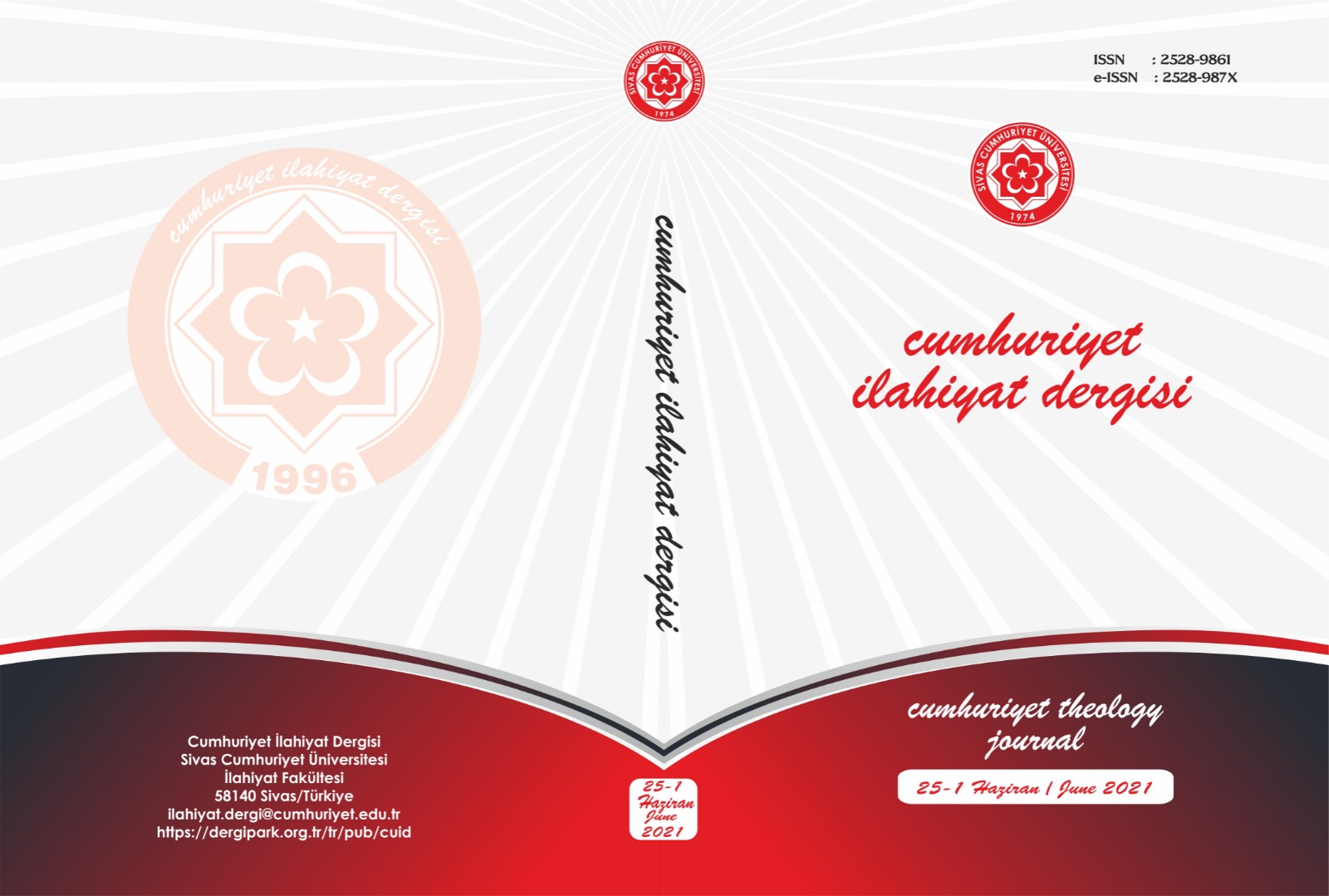Mağrib’den Hicaz’a İki Merinî Emîresinin 14. Yüzyıldaki Hac Yolculukları
The Pilgrimage of the Two Marīni Ladies from Maghrib to Hijaz in the 14th Century
Author(s): Zehra Gözütok TamdoğanSubject(s): Theology and Religion, Islam studies, 13th to 14th Centuries
Published by: Cumhuriyet Üniversitesi İlahyat Fakültesi
Keywords: History of Islam; Hajj; Mamlūks; Maghrib/Morocco; Marīnides;
Summary/Abstract: Ḥājj, the ancient religious symbol in the Sami’s, is not only a religious duty for the Muslim individual, but also an important worship that creates a social awareness of the ummah and at the same time creates a serious population mobility in the Islamic geography. With the message of the Prophet, the pilgrimage was restored to its original form, and in the next process, those who were in charge of this region made an effort to enable all Muslims of the world to carry out their duties comfortably and to carry their religious, scientific and social experiences to their own regions. The Maghreb (today’s Morocco) and Andalusia bonded and strengthened with the eastern Islamic world through pilgrimage, science and trade journeys. The Marīnid State started the pilgrimage journeys again with official convoys, which were partially interrupted due to the conquest of Andalusia. They gave great importance to these journeys in order to express their longing for the Prophet and to show their political and social power. In this study, the arduous pilgrimages Marīnid Sultan Abū’l-Ḥasan’s (d. 752/1351) mother Maryam and his sister Maryam bint Saʿīd- lasting at least one year in the 14th century are discussed in the context of diplomatic, social and cultural dimensions the pilgrimage. As a matter of fact, Muslims living in the distant lands of Morocco and Andalusia, where Islam was lived, made their material and spiritual ties with the lands where Islam was born and developed by means of pilgrimage, knowledge and trade. The pilgrimages of these two Maghribi noble women, who succeeded in the Maghrib-Hijaz pilgrimage, have become epic as even the noble men of the Maghrib and Mashriqi noble women rarely dare it. These pilgrimages, which took place during the reign of sultan of Abū l-Ḥasan should be evaluated in terms of the political developments and socio-cultural characteristics of the period. The Sultan has progressed considerably in his aim of becoming the sultan of the western Islamic world with the conquest of the places outside the Maghrib Aqṣā and the jihad he participated in Andalusia. It was during this period that he established multifaceted relations with the holy lands and their sultans. In these relations, the women of the Marīnid sultans, the pilgrimages made almost competing with the lady sultans of the Mamlūks, diplomatic correspondence and Exchange of gifts between the sultans, gifts and al-Masjid an-Nabawi letter expressing longing of those who could not go on the pilgrimage are included. With this subject, the effect of the fact that the pilgrimage is an exciting journey even in the most distant lands, the sultans of the period supported these journeys, as well as the help of the Ṣūfī connoisseurs to the state with their ribāṭ (hospice) for road safety. In the study, first of all, the women's pilgrimage stories were given, and then the pilgrimages of the dynastic women of the Marīnid period were discussed. The gifts sent to the Mamlūk sultans, who were the sultans of the holy lands, and the Qurʾān sent to Mecca, Medina and Jerusalem, which are considered sacred by Muslims, have become important symbols of these pilgrimage journeys. It is remarkable how pilgrimage journeys united all Muslims materially and spiritually during the periods when Muslim state administrators were powerful. Especially the fact that these two Maghribi ladies were carried out easily should be expressed as another important aspect of the issue.
Journal: Cumhuriyet İlahiyat Dergisi
- Issue Year: 25/2021
- Issue No: 1
- Page Range: 347-367
- Page Count: 21
- Language: Turkish

